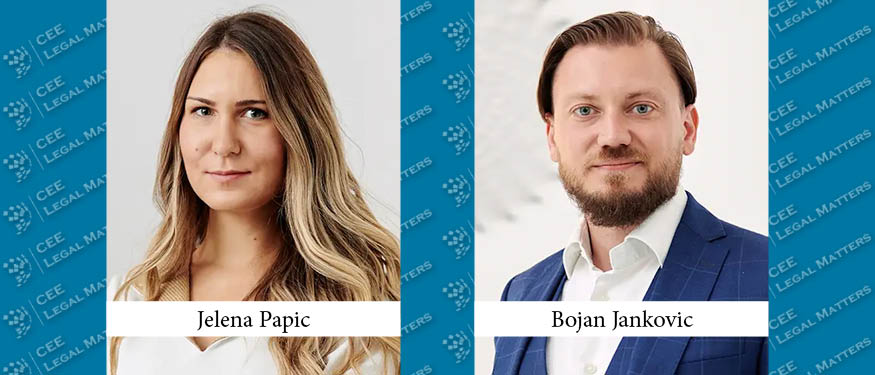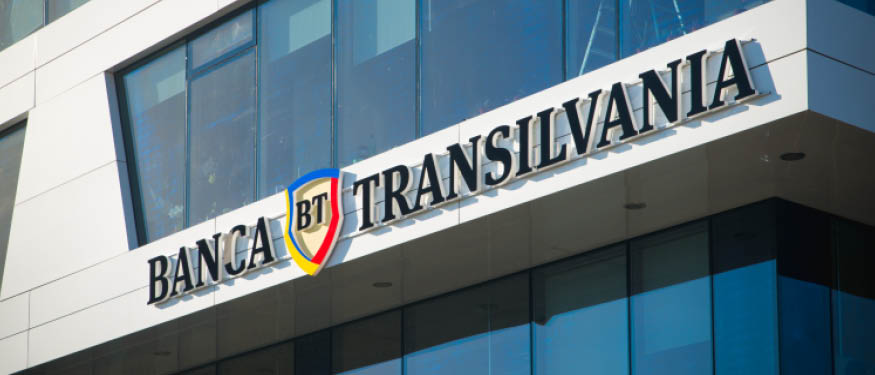The MICA (Markets in Crypto-Assets) Regulation was formally adopted by the European Parliament on 20 April 2023 and approved by the Council of the European Union on 16 May 2023. The adoption of MICA is in response to the growing need for regulation in the rapidly evolving world of crypto-assets and represents an important step towards building a stable and secure financial system in the EU.
Given the significant amount of regulation introduced at EU level by MICA and the current absence of a national legislative framework in Bulgaria related to the functioning of crypto - asset markets, as well as the need to identify competent authorities and procedures for the exercise of their powers under the Regulation, there is a need to adopt and supplement the regulatory framework of Bulgaria. In this regard, on August 20th, 2024, a "Bill on Crypto-assets Markets" (BCAM) was published for public consultation, which gives an indication that by the end of this year (2024) we may have a law in force. The public consultation period ended on September 20th, 2024.
WHO WILL REGULATE THE MARKET AND WHAT IS NEXT FOR MARKET PARTICIPANTS AFTER THE ADOPTION OF THE LAW
Regulators
One of the fundamental objectives of the BCAM is the designation of a national competent authority, in our case this role is envisaged to be performed jointly by the Commission for Financial Supervision (CFS) and the Bulgarian National Bank (BNB).
The CFS will regulate the provision of services for crypto assets, as well as the public offering and admission to trading of crypto assets, except for e-money tokens, which are envisaged to fall under the jurisdiction of the BNB. In addition, the CFS will process complaints from users of services related to crypto assets.
What will be required from market participants?
The MICA and the BCAM introduce a number of obligations and requirements for participants in the market of crypto-assets. The public offering of assets and the provision of services will only take place after obtaining a license to carry out the relevant activity or notifying the CFS in applicable cases.
The public offering of crypto assets will require the preparation of a so-called "white paper" of the relevant asset and its submission to the regulator.
Crypto asset service providers will have to apply for registration of their right to provide these services in the commercial register at the Registry Agency within 7 days of obtaining the license from the FSC.
It is important to note that the Bill provides for an exception, that is applicable for people who provide services under Article 4 (38) and (39) of the Anti-money laundering act (AMLA) and are listed in the register maintained by the NRA. If the proposal is adopted, these persons will be able to continue to operate without a license until the end of 2025, but only on the territory of the Republic of Bulgaria. Only after obtaining the license will they be able to provide their services throughout the European economic space. In view of the long timeframe for the CFS's ruling, business should consider this option, which allows for extra time and postponement of the license. The Bill sets a 6 month’s timeframe for a decision on a license application, and failure to respond within this timeframe will be deemed an implied refusal.
WHICH CRYPTOASSETS ARE REGULATED BY MICA and BCAM
In their regulation, the BCAM and MICA, attempting to cover the full variety of crypto assets, conventionally divide tokens into three main groups of crypto assets:
- electronic money tokens;
- asset-referenced tokens;
- other crypto-assets;
What all of these have in common is that all crypto assets are inherently an application of decentralized ledger technology and blockchain technology. They are a digital representation of value or rights and have the potential to generate significant benefits for market participants, including as a means of payment, a means of raising or making investments, etc.
Stablecoins
The first two groups - e-money tokens and asset-referenced tokens - are very similar in nature. These are the so-called and well-known "stablecoins". They are a type of cryptocurrency designed to maintain a stable value against some standard, such as a fiat currency (e.g. dollar or euro) or other value. The basic idea behind stablecoins is to combine the advantages of cryptocurrencies, such as speed and security of transactions, with the stability advantage of traditional currencies. In this way, they become an extremely convenient means of payment and of storing funds, while protecting against the high volatility of other crypto-assets.
The main difference between e-money and asset-referenced tokens lies in how their value is maintained and how they are regulated. Electronic money tokens are a digital expression of the value of fiat money that is deposited with registered financial institutions. They are linked directly to official currencies and are regulated as electronic money by financial authorities. The value of an e-money token is equal to the value of the fiat currency deposited. Given their nature, e-money tokens will be supervised by the BNB.
Asset-referenced are linked to a basket of assets that contains both fiat currencies and commodities or cryptocurrencies, and their value is stable against these assets. Unlike e-money tokens, the minimum amounts in each official currency that must be held as deposits with credit institutions are specified and cannot be less than 30% of the amount pegged to each official currency. For example, suppose that an issuer markets 10 million EUR of asset-referenced tokens. He would have to maintain deposits with credit institutions of at least 3 million EUR. These reserves ensure that the issuer has sufficient liquidity to cover the value of the tokens issued and provide stability and protection for the token holders.
Other crypto-assets
Other crypto-assets are the most mainstream and widespread crypto-assets. The best known such tokens are BTC (Bitcoin) and ETH (Ethereum). It was bitcoin that kick-started and established the cryptocurrencies and initiated the financial revolution that followed. Other examples of such crypto assets are:
- Utility Tokens - These tokens provide access to certain services or features of the platform on which they are issued. They are often used to obtain special rights or services within a given blockchain platform. An example of such is BNB (Binance Coin).
- DeFi tokens (Utility Tokens) - These tokens are often used as utility tokens, providing incentives to users, for example through rewards for providing liquidity or participating in the protocol.
- NFTs (Non-Fungible Tokens) are unique tokens that are used to prove ownership of certain physical or digital assets. They are unique units that can certify ownership of things like digital art or event tickets.
It is in this broadest category of crypto-assets that allows for exceptions to the scope of the MiCA and BCAM. For example, individual NTFs will not be subject to regulation as long as the assets or rights that are granted with them are truly unique and irreplaceable. In the area of decentralized finance (DeFi), an exception is also possible, and the Regulation should not apply if a crypto asset service is fully decentralized and no intermediary is used. The application of these exemptions will be on a case-by-case basis and will depend exclusively on the decisions and guidelines of the regulator.
SUMMARY
The market in crypto-assets is extremely vast and diverse, providing a multitude of opportunities and innovations. In addition to the assets listed above, there are many others. Each type of token is designed to perform specific functions and meet the needs of different participants in the crypto ecosystem. The wide variety of assets creates significant difficulties in regulating the crypto segment. However, with MICA and the BCAM, the legislator is taking the initiative to improve security in the sector and create rules that are equally applicable to all participants in the European market. The adoption of these laws is a clear sign that cryptocurrencies are here to stay. Their regulation is an essential step that will make their implementation possible in modern life and give certainty to investors.
By Victor Gugushev, Senior Partner, and Vladimir Petrov, Associate, Gugushev & Partners, PONTES
















